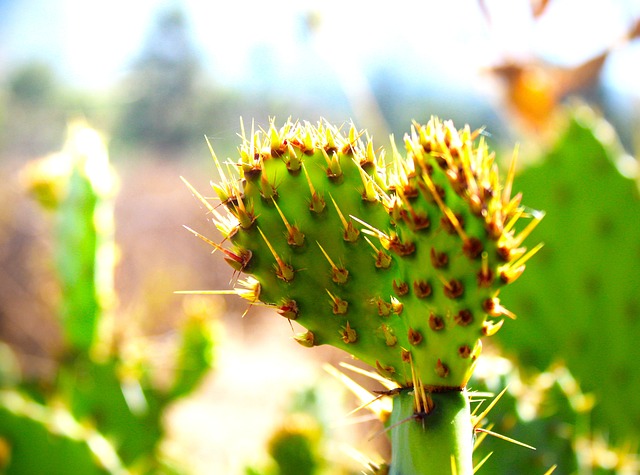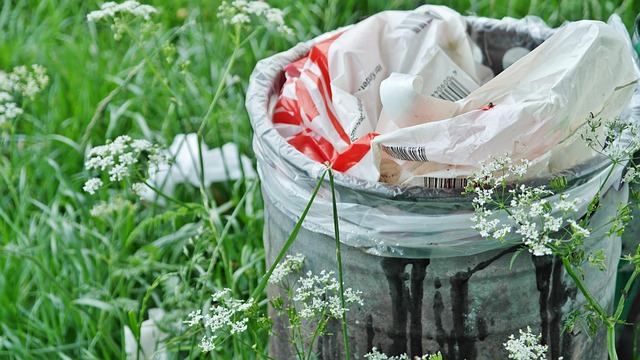Embracing Nature in the Urban Landscape
As urban dwellers, we often find ourselves surrounded by concrete, steel, and glass, yearning for a connection to nature. With the rise of climate change, the need for urban green adaptation strategies has become crucial for sustainable gardening practices. These strategies help create green sanctuaries in bustling city landscapes, allowing us to reconnect with the Earth’s rhythms while promoting environmental health.
1. Vertical Gardens
Vertical gardens are a brilliant solution for urban gardening, especially in limited spaces. These living walls not only beautify the environment but also help reduce air pollution and provide insulation for buildings, making them an eco-friendly choice.
2. Rainwater Harvesting
Collecting rainwater is an effective way to conserve resources and keep your garden hydrated. By installing rain barrels or cisterns, you can capture rainfall and use it to nourish your plants, reducing your reliance on municipal water systems.
3. Native Plants
Incorporating native plants into your garden design supports local ecosystems. These robust plants are adapted to local climates and require fewer resources, making them a sustainable choice that also helps attract pollinators and other wildlife.
4. Community Gardens
Community gardens are a powerful way to foster connections among urban residents while promoting green spaces. By coming together to cultivate a shared plot, neighbors can grow fresh produce and flowers, enhancing their environment and food security.
5. Edible Landscaping
Transform your garden into an edible oasis by planting fruits, vegetables, and herbs alongside ornamental plants. This approach not only beautifies your space but also provides fresh, organic produce right at your doorstep.
6. Composting
Composting kitchen scraps and yard waste is an excellent way to reduce landfill waste while enriching your garden soil. This eco-friendly practice returns nutrients to the earth, fostering healthier plant growth and minimizing the need for chemical fertilizers.
7. Urban Forests
Creating urban forests by planting trees in public spaces is a sustainable adaptation strategy that offers shade, improves air quality, and supports biodiversity. Trees act as natural air filters and can help mitigate the urban heat island effect.
8. Green Roofs
Utilizing green roofs not only optimizes space but also aids in stormwater management and improves energy efficiency. These lush installations provide habitats for wildlife while softening the harsh skyline of urban environments.
9. Pollinator Gardens
Encouraging pollinators like bees, butterflies, and hummingbirds is essential for maintaining healthy ecosystems. By planting flowers that attract these creatures, urban gardeners can contribute to global efforts in sustainability and food production.
10. Urban Micro-Farms
Micro-farming incorporates small-scale agriculture into urban settings. These mini-farms, whether on rooftops or vacant lots, create fresh food supplies while promoting sustainable practices such as hydroponics and aquaponics.
Implementing these urban green adaptation strategies allows us to transform our cities into vibrant ecosystems that nurture both people and nature. By engaging in sustainable gardening, we not only enhance our quality of life but also take an active role in safeguarding the environment for future generations.




